BFI's 'Hitchcock 9,' the Master of Suspense's Earliest Surviving Works, Kicks Off Its Stateside Tour UPDATED
BY BETH HANNA AND RYAN LATTANZIO
JUNE 14, 2013 12:10 PM
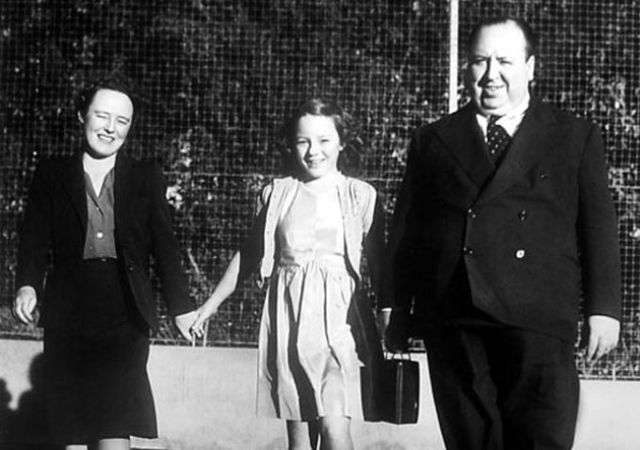 Alma Reville, Patricia and Alfred Hitchcock
Alma Reville, Patricia and Alfred Hitchcock
Hitchcock fans rejoice. The BFI has kicked off its stateside national tour of "The Hitchcock 9," a program of Alfred Hitchcock's nine earliest surviving works, all in newly restored 35mm prints. It launches at the Castro Theatre (June 14-16 [2013]) for the San Francisco Silent Film Festival, and will make its way to the Academy of Motion Picture Arts & Sciences (June 18), then to LACMA (June 27 - July 13) and BAMcinématek in Brooklyn (June 29- July 5).
According to the Institute, this is the largest restoration project they have ever undertaken.
Cinephiles across the country will eventually have access to screenings in Washington D.C., Berkeley, Chicago, Seattle, Houston, Boston and other American cities. Live musical accompaniment will be featured at several screenings, including, of course, the SF Silent Film Festival.
Made between 1925 and 1929, these little-seen early entries in Hitchcock’s British oeuvre represent early incubations of the auteur’s motifs and obsessions. Films include: “The Pleasure Garden” (1925); “Downhill” (1927); “The Lodger” (1927); “The Ring” (1927); “Easy Virtue” (1928”); “Champagne” (1928); “The Farmer’s Wife” (1928); “The Manxman” (1929); “Blackmail” (1929).
Unfortunately,1926's “The Mountain Eagle” remains lost, but a collection of stills went up for auction last fall confirming the existence of the film.
Individual performances of the films have so far been seen in France, New Zealand, Brazil, Ukraine, USA, India, China, Armenia, Sweden and Spain. Further screenings are planned for 2013/14 in the Czech Republic, Mexico, Germany and Australia with more to be announced.
Hitchcock has been enjoying a renaissance over the past 18 months, from the director's Universal titles in a stunning Blu-ray collection to Fox's "Alfred Hitchcock: The Classic Collection," which includes "Rebecca," "Spellbound" and "Notorious." Our TOH! "Now and Then" column looks at the relationship between Hitch's 40s bad-ass brunettes and those icy 50s blondes.





 Reply With Quote
Reply With Quote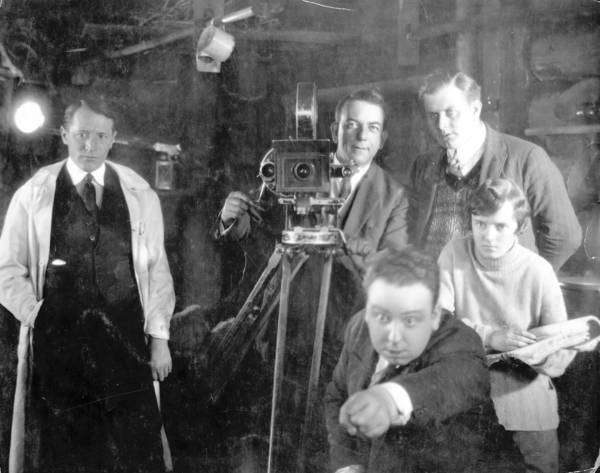
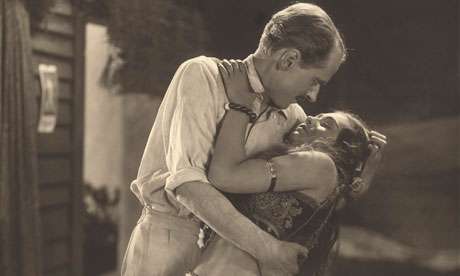
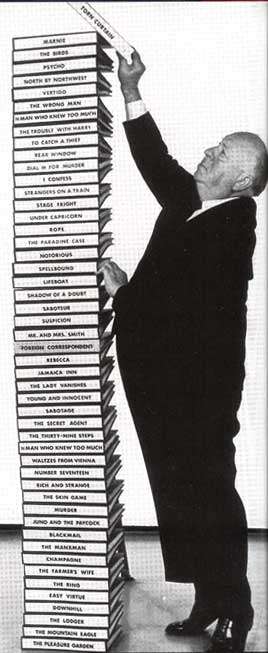
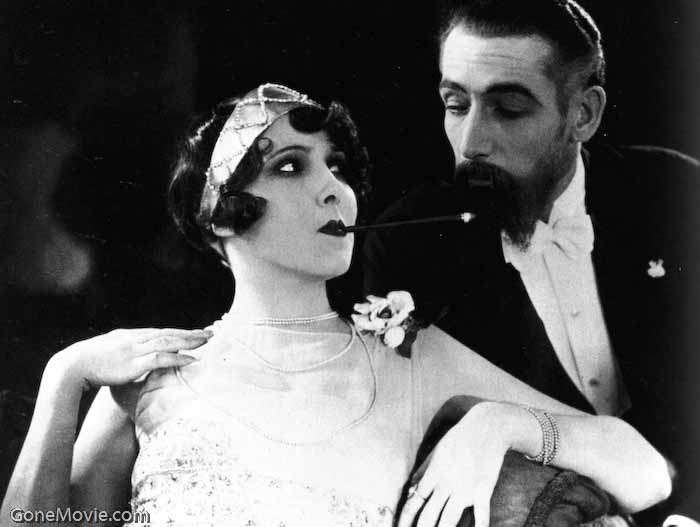
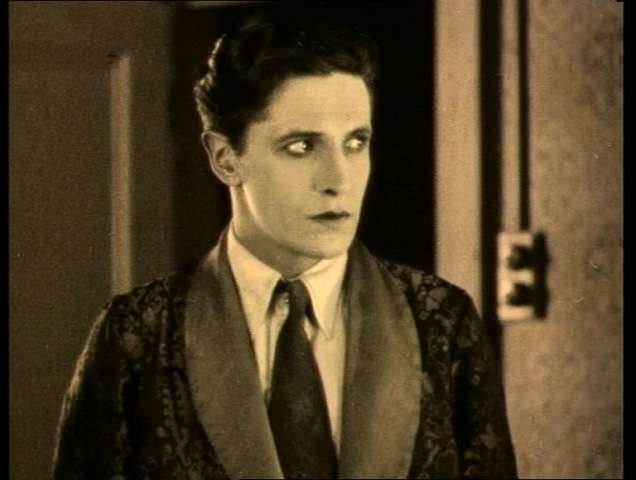
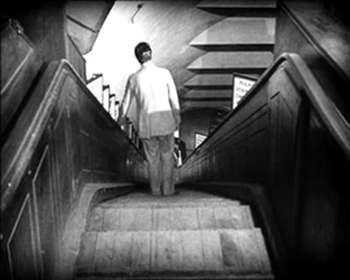

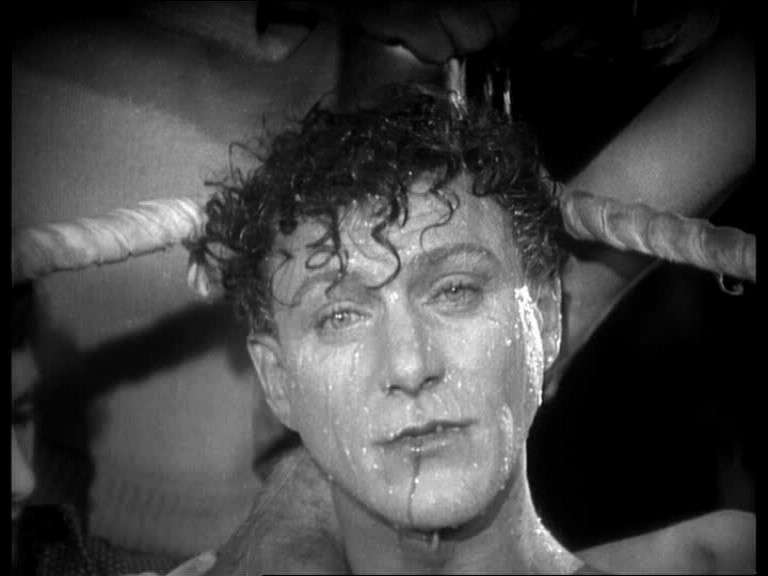

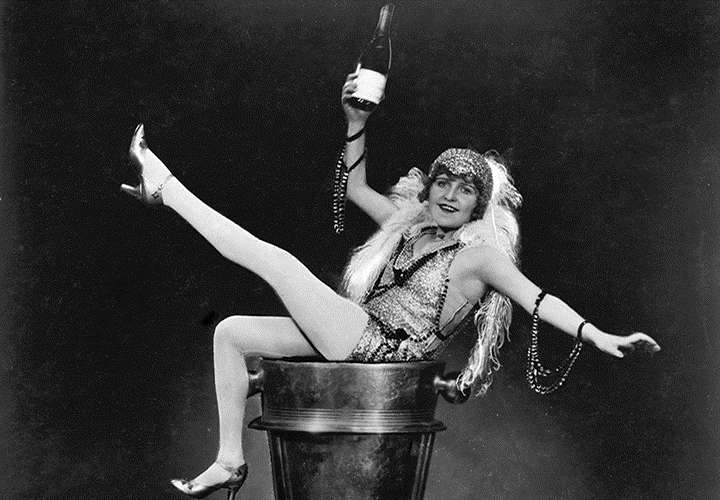
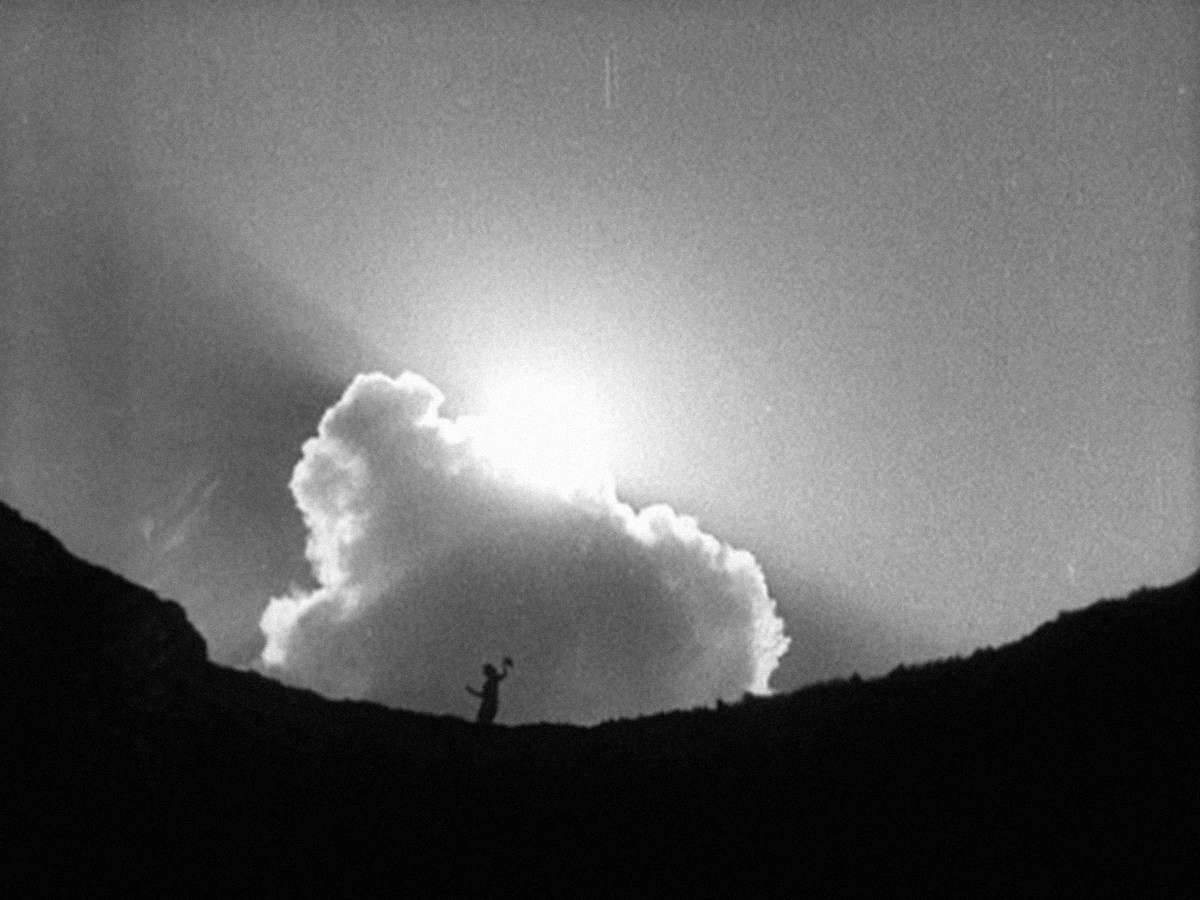
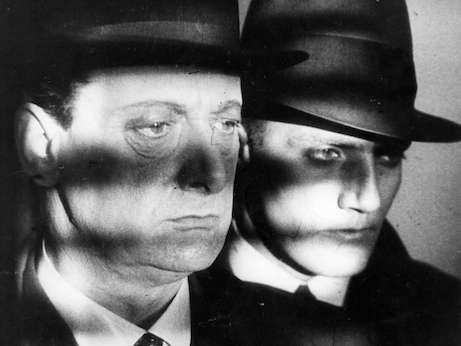

Bookmarks